Have you ever tracked a package and seen the status “processing at UPS facility”? This status can appear confusing, especially when your package seems to stay in that status for days.
Processing at a UPS facility is a standard part of the delivery process. Typically, it means your package has arrived at a UPS sorting facility and will soon be on its way to you. But sometimes packages get delayed in processing for various reasons.
This guide will explain what “processing at a UPS facility” means, why your package might be delayed, and what you can do about it.
What “Processing at UPS Facility” Means
“Processing at UPS facility” means your package has arrived at a UPS sorting facility but has not yet left or been loaded onto a delivery vehicle. Essentially, it’s still working its way through the UPS transit process.
There are a few key things to know about this status:
Normal Part of Transit
Seeing this status is very common and a routine part of a package’s journey through the UPS delivery network. It does not necessarily indicate a problem or delay. It’s just a transitional status.
Could Take 1-2 Days
Packages typically spend anywhere from a few hours up to 2 days processing at a facility. The time varies greatly depending on the facility’s volume and operations.
Facility Type Matters
There are many different types of UPS facilities, including origin facilities, destination facilities, hub facilities, and delivery centers.
- Origin – Where your package enters the UPS mail stream
- Destination – Final arrival scan before loaded onto a delivery vehicle
- Hub – Major sorting location
- Delivery Center – Last stop before delivery
Where specifically your package is processing can impact how long it stays. Hub facilities tend to be the largest and busiest, often keeping packages for 1-2 days.
Why Do Packages Stop at UPS Facilities?
UPS operates a vast transportation network including over 1,500 package processing facilities within the US alone. Packages traversing the UPS system will make multiple planned stops at these waypoints along their journey for sorting.
Without centralized facilities to handle sorting, UPS trucks would need to individually drive each package from its origin directly to the recipient’s address. For nationwide delivery, this approach would be tremendously inefficient.
Instead, UPS strategically routes packages through regional sorting hubs to consolidate and organize shipments. Packages with nearby final destinations are grouped together for last-mile transportation from the local facility.
Hubs at key locations allow packages to be continually sorted based on current location and re-consolidated with other nearby shipments. This iterative sorting enables streamlined transportation between stops. Far-reaching packages may route through numerous facilities during transit.
Proper sorting is what keeps packages moving swiftly through UPS’ network despite massive volumes. The “processing” scan confirms your package has reached the appropriate transit hub to be organized for the upcoming legs of its route.
What happens During Processing?
When a package arrives at a UPS facility, it undergoes a directed workflow to sort it to the proper next destination.
First, packages are unloaded from trailers and scanned upon entry to the facility. Conveyor belts transport packages past automated scanners that read routing labels. Based on the destination, a diverting arm pushes each package to the correct sub-conveyor headed to a particular dock.
At the docks, packages are loaded onto trailers bound for destinations matching their assigned sub-conveyor. UPS leverages sophisticated software and control systems to choreograph the seamless flow of millions of packages through their facilities daily.
It’s an impressive ballet of scanners, conveyors, and robotic arms all working in harmony to keep packages moving efficiently. Processing scans indicate your package is being sorted amidst this streamlined workflow during its stopover. The scan itself typically takes less than a second versus the hours of overall processing time.
How Long Does Processing at UPS Facilities Take?
Given the sheer scale of UPS’ delivery volumes, packages ultimately spend just a short time at each facility along their route. The goal is to minimize lag time by continually moving packages forward.
Smaller regional facilities may only require 2-4 hours to process packages before they are reloaded for upcoming transit. At larger metropolitan hubs that consolidate packages from across the country, processing can take up to 24 hours due to higher volumes.
Once sorted by destination, packages are promptly loaded for departure so they do not sit idle. The time spent in a single facility has minimal impact on overall delivery timelines, as the next phases of transit and sorting commence quickly.
However, during peak periods like the holidays, inbound package volumes can exceed processing capacities. This may result in packages dwelling longer while awaiting sorting and outbound transport. Extreme weather or other disruptions can also cause delays.
Where Do Packages Go After Processing?
Once processing finishes, packages depart loaded onto trailers aligned with their next stop. Intermediate hubs send packages farther down the route to other facilities for additional sorting. Final hubs ship to the local delivery unit.
Packages first head to preload operations to be dispatched on delivery vehicles. Drivers deliver directly to homes and businesses within the delivery unit’s territory. For faraway destinations, packages make numerous interim stops at processing hubs along the journey.
At each step, the route becomes increasingly refined until the package reaches the final delivery unit. Processing scans at facilities signifies the package is moving as intended through the network. The subsequent tracking status – “In transit to UPS facility” – confirms packages are heading closer to their destination.
How Does Processing Affect Delivery Time?
In the majority of shipments, time spent processing packages has no material impact on the total delivery time to the recipient. UPS factors their sorting process into estimated transit days.
However, during periods of severe weather, peak demand, labor shortages, or other disruptions, processing may fall behind schedule. This can result in packages dwelling longer in transit hubs. If prolonged, overall deliveries may be delayed.
UPS maintains contingency plans to mitigate processing bottlenecks. Where necessary, packages can be rerouted through alternate hubs and temporary sorting resources added. But UPS will proactively notify customers of any meaningful delays impacting delivery.
As long as “Processing at UPS facility” scans continue as expected, your package remains on track. Comparison against the scheduled delivery date can confirm on-time progress. Other alerts signify if delays arise during processing.
When to Worry About a Package Delayed in Processing
There’s no definitive time frame for when a processing delay becomes a concern. Some general guidelines:
- 2-3 days – No major cause for alarm yet if the package is not time-sensitive. Delays of a few days are not uncommon.
- 5+ days – Now it’s reasonable to contact UPS if the package is delayed with no scans or status changes.
- 10+ days – At this point, a major delay or issue is likely holding up delivery. Follow up with the shipper as well.
- 20+ days – If a package is delayed this long in processing, it’s considered lost. Begin claims procedures.
Remember that delivery dates are not guaranteed by UPS unless you paid for an Express service. But the above timeline gives a general idea of when to start investigating a stalled package.
Frequently Asked Question
Why You Might See Multiple “Processing” Scans
Wondering why you keep getting notifications your package entered processing at yet another UPS site? For long-haul shipments, several touch points help strategically route packages along the fastest overall route based on geography and delivery density patterns.
Each juncture between transportation modes packages undergoes intelligent consolidation. Grouped zip code batches optimize space while allowing consistently high route density as items funnel closer toward respective recipients. Processing powers optimization along the chain.
It might seem inefficient at first glance, but smart facilities actually speed up deliveries. Direct individual routes taken to each home would significantly slow transit state. Consolidating flows drives speed and affordability.
What If My Package Gets Delayed During Processing?
While UPS strives for smooth operations, unexpected issues like equipment failure severe weather mechanical error, or unexpected volume spikes occasionally disrupt processing. Yet UPS maintains contingency plans when unforeseen circumstances delay package routing.
Sophisticated tracking capabilities rapidly identify backlogged high-priority shipments and trigger escalation protocols to expedite them back into motion. On Call Air services offer specialized support for guaranteed delivery packages requiring urgent remediation as well.
So while delays feel frustrating rest assured UPS leverages state-of-the-art facilities and rapid response teams to quickly diagnose and recover stalled packages around the clock. Processing powers progress past problems!
Why Might UPS Return Packages to Sender Facilities?
In limited cases packages batch route back to origin centers after delivery attempts exhaust. Primarily this stems from invalid recipient addresses lacking apartment numbers or specifics like proper postal codes to successfully complete handoff.
Cycling packages back to the sender allows shippers to provide missing details for a successful second try. Return routing also helps UPS update records minimizing similar failures and great data to boost first-time accuracy. Reassessment powers better delivery.
Can I Pick Up Packages from UPS Facilities?
Wondering if you can bypass the wait by picking up your package directly from the processing facility? Unfortunately, the answer is no for most consumers.
Unless you are an approved UPS Mail Innovations commercial client with a CCC account, packages cannot be picked up from UPS sorting hubs or centers. This applies to both domestic and international UPS facilities.
Rare Exceptions: In some very rare cases, a local UPS Store may be able to request your processed package be returned for pickup. But don’t count on it.
For the majority of people, your package must complete processing and final delivery through standard channels. Again, if processing times exceed 4+ days without explanation, contacting UPS is recommended.
Is My Package Lost in a UPS Facility?
Seeing no change from “Processing at UPS Facility” for days on end can spark concerns your package is lost within the endless conveyor belts and machinery.
But rest assured, UPS facilities are well equipped to locate and track down missing items. With millions of dollars of high-tech equipment and inventory systems, very little gets lost.
In the rare event a package does go missing during processing, UPS initiates thorough searches of their facilities. They will go to great lengths to locate it or determine if it was accidentally shipped.
So unless your tracking shows explicit signs of delivery failure like “Damaged” or “Return to Sender”, chances are processing is just delayed rather than lost.





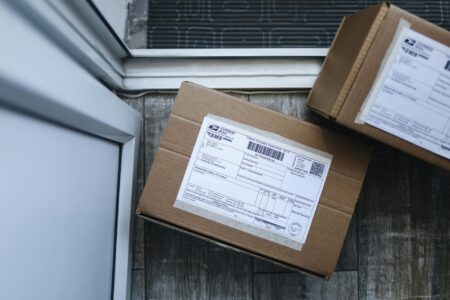


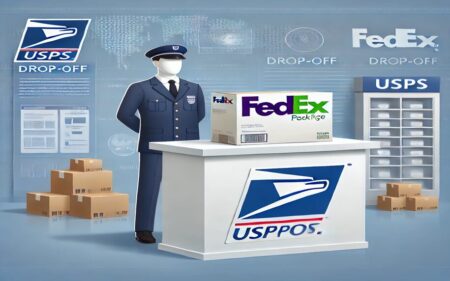
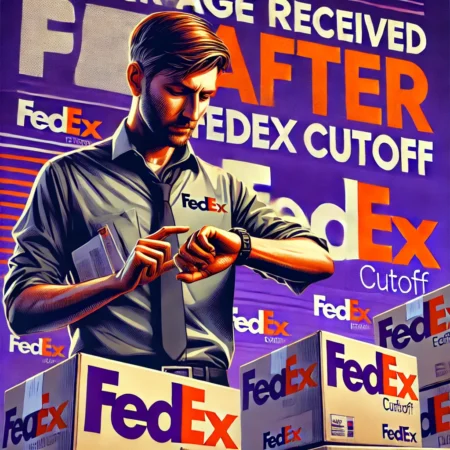
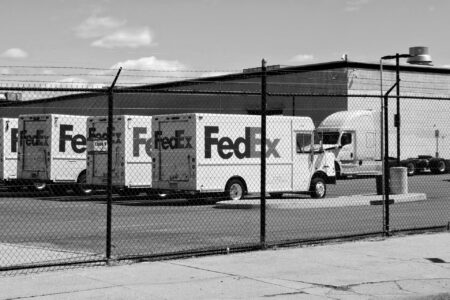
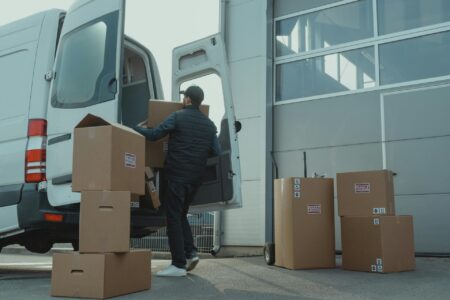
Leave a Reply